In the article below, Head Mobility Coach at CMBT Training Centre Brit Cook explains why mobility training is important to include in your regular training routine as a combat athlete and shares her top five exercises to get you started!
About Brit
I’ve had a small window opened into the combat sports world in the last year since working at CMBT Training Centre. Watching, evaluating athletes, studying the included sports and now, from my own participation in combat sports, I’ve found that the opportunities in training mobility for combat athletes are currently quite limited.
My background comes from coaching humans from many walks of life: from gen-pop through to semi-pro athletes, in the modalities around strengthening and sculpting bodies to improve movement patterns to function at their most efficient biomechanical state. In the time I’ve been a personal trainer, I’ve slowly delved into learning everything I can about my own favoured corner of athletic performance: mobility. This is a corner most people know just enough about to get by, though rarely actively seek to improve with targeted specific performance training.
Working as the Stretch Coach at CMBT Training Centre in the last year has opened up a world of opportunity for me to hand study the sports involved and their movement patterns. Through immersing myself into this world and working with different athletes from varying levels of experience and performance in their respective sports, I’ve been able to learn from, and guide, fighters into improving their movement patterns and therefore overall skillset as a fighter.
Firstly: Why mobility training?
The first question we need to ask before we dive head-first into, “Yep, I know I need to be more flexible,” is, why? What is flexibility going to give you? Why do you think it’s going to help? What is stretching, flexibility, and mobility in the first place? In simple terms, yes having ‘stretched’ hamstrings probably will make it easier to get that head kick with no pain. Stretching your glutes quite possibly will also reduce those post-training DOMS. Loosening your pecs might also help give your arms more reach in defending those kimuras.
However, the big takeaway here is that it’s all dependent on you and your body. It might help significantly, or there may be something else causing that inhibition... but I could talk about individual biomechanics for hours. What we want to pinpoint, and let our bodies indulge in, is how mobility training can better serve your fighting potential.
So, what is mobility?
Mobility is the combined modalities of stretching, flexibility, range of motion training, and end of range strengthening.
Each human body is more or less the same, with varying differences based on their unique biological make up and stressor history. When we delve into the stressor history, we make considerations like movement history, what sport they currently participate in or have partaken in, injury history, and movement inhibitions.
When we talk about stretching, we’re generally talking about the perceived lengthening of a muscle in the anatomical structure of the human body.
The relativity of the human body’s flexibility is based on what we call a sensory tolerance. The sensory tolerance is our nervous system’s way of learning that we can allow greater movement, or another way of saying this is how far we think we can move. The original limitation is the neurological imposed limit, not the physical one. Think about when you stretch your body, versus when you get a friend to pull you, and you can magically stretch further. When we train mobility, we learn to move past this threshold, so that it’s no longer taxing on, or a stressor to the body.

Mobility training for combat athletes
Why is this important for combat athletes, specifically? How can training the mobility of an athlete improve their performance? Just like we do specificity training and run drills like kimuras, back-takes, improving S&C, test V02 max, incorporate Sprints Day, spar, progress performance breathwork, or focus on a fighter’s dietetic habits, mobility is something you train and can measurably improve on.
So, when we talk about stretching, we’re talking about the improvement of mobility and flexibility in a specific range of motion. Due to the movement patterns in the high intensive efforts of their sport, athletes - especially combat athletes - need mobility. This is not to say they need to have extreme flexibility, but they most definitely need extreme control in their end of range of motion, ie. end of range mobility strength.
You don’t need to have contortionist-level flexibility, but being able to get your foot at eye level and with the force to knock a grown man down, does show a display of strength we don’t see anywhere except end of range stability and mobility.
The fighter that can deliver a powerful punch at end of range, just as much as they can deliver a powerful punch in close proximity, is arguably now more dangerous. The fighter that can body triangle coming from a defensive position, is at an advantage to the fighter who can’t open their hips at all.
I believe mobility training is overlooked in a lot of combat athletes. Usually, the main reason is that stretching is boring - there, the stretch coach said it. Mobility is also a tedious process, one that rarely brings the athlete a sense of accomplishment. If actively training for improved flexibility – breaking through those nasty ‘pain’ neurotransmitters - can be exactly that: quite painful, so it’s not a pleasurable type of training either.
Benefits in the gym
On the mats, or in the cage, some key elements you can notice from increased mobility are things like easy, strong head kicks, powerful end of range punches, and smooth transitions into body triangles, or other more technical submissions. Therefore, if an athlete does not prioritise their mobility, you can start to pick apart their restricted movement patterns in their fighting style.

Benefits outside the gym
Along with increasing your options and your output in your sport, enhanced and well-trained mobility transfers off the mats, too. By being able to manoeuvre into strategic positions with more efficiency and less of an energetic or technical output, you are now at an advantage with the extra amount of fuel you save in your tank because your positional output is far less taxing.
Just how like repeating the same drills over and over makes them smooth, and decreases the energy output you need to manoeuvre into them, mobility works the same way. So, the easier it is, the more fuel in your tank, the less wasted energy on your behalf. This also comes back to your sensory inhibitor being trained by progressive repetition to already allow for you to be mobile with increased ease. Transferring movement and function into strength is then the next step in the game.
Top 5 mobility exercises to get you started
Some of my favoured movements that I recommend in order to help mobilise the fighters at CTC are:
“C Curve Wall Dip”
Begin by standing side on to a wall. Place your forearm against the wall, palm flat, standing exactly your upper arm distance from the wall, between your shoulder and elbow. Place your feet together, and your opposite hand on your outer hip bone. Then, slowly drop your inner hip bone into the wall, keeping your feet flat. Return back to standing position. This movement creates a ‘C’ curve of the body.
This stretches the outer side of your torso, inclusive of your obliques, serratus anterior, and lats. I recommend 5-10 reps on each side

“90:90 Active Movement”
Begin sitting on the floor, placing one leg in a 90º angle directly in front of you in an “L” shape at a 90° angle at the knee. Do the same with your back leg behind you, in the opposite direction. Both legs should be pointed in two directions. This will create 90° angles from all lever points of the body. Place both hands on the floor in front on each side of the front foot and knee, slowly bring your chest to the floor, leaning parallel to the quad.
This stretches your hip flexor, quad, and adductors. This is a great stretch to neutralise the neural sensitivity behind tight hips. Whilst sensory overload can help “loosen” this movement, increasing mobility in this area opens up a powerhouse of options for the combat athlete in their active training movements. I recommend 5-10 slow descending reps with interchanging each leg in front.

“Plow Pose”
Coming from the yoga pose, this is a great movement for completing “unwinding the spine” as I like to say. Begin by rolling yourself into a tight ball, and doing small rolls back and forward, from the sacral up to the traps. Then when this becomes quite comfortable, roll all the way over so that your legs go over your head and touch the floor, whilst your arms stabilise the body out to the side. You can then play around with your mobility here by straightening your legs, bending them and letting them fall beside your ears, and a few other variations. To come out of this, I always recommend a slow unwind back to a supine position, then beginning again.
This is a great stretch for the posterior chain, as well as incorporating some training in your breathing capabilities whilst your diaphragm is essentially in a ‘squished’ position. I recommend 3-5 slow rolls.

Pass Through
Grab a long stick, or a training band and hold with your arms extended forward just slightly wider than shoulder-distance apart. Keeping your arms straight, raise the bar (or band) over your head until you touch your glutes or lower back. Then, still keeping the arms straight, raise your bar back over your head until you touch your quads. Repeat. It is important to keep the arms straight and not bend them or tuck the head to get the bar over your head. If you get to a ‘sticking’ point, pulse the bar back and forward gently and come back to the starting position. Each time you complete this movement, increase your range ever so slightly.
The Pass Through is a great stretch for opening up the chest, and completely stretching out the whole shoulder joint. It allows a stable object (the bar/band) to create a measurable distance and force for the body to work its way into. I recommend 5-10 slow cycles.
Side Lying Thoracic Rotation or “Closed Book Stretch”
Start by laying on your side, and bring your upper leg bent into 90º, with the knee resting on the floor, roughly at chest height. Bring both your arms out straight on your side, in line with your shoulders. Looking over your opposite shoulder to where the knee is facing, close your arms together, like closing a book’s pages. Slowly open back up again, until both hands are resting on the ground in their respective starting position.
This is a great stretch for the whole torso, stretching the lumbar in a static position the whole time, but also the chest, shoulders and thoracic in the active movement. I recommend 5-10 slow cycles.

Conclusion
Your mind and your body are one organism, neglecting to balance your mental and physical psyche is an impact you can’t afford to create. I’d like to see more functional, efficient, and mobile fighters, both on and off the mats.
What we want to pinpoint, and let our bodies indulge in, is how we can enhance the competitive edge for the combat community as a whole. If you can work through the perceived sensory intolerance in your stretching, into a mobile, functional, and strong joint and movement pattern, then you are one step ahead of the game.
Can’t get enough? If you enjoyed this article and want to keep up with Brit, check out her socials below.
Facebook - https://www.facebook.com/brittycookfitness/
Instagram - https://www.instagram.com/britty.cook/
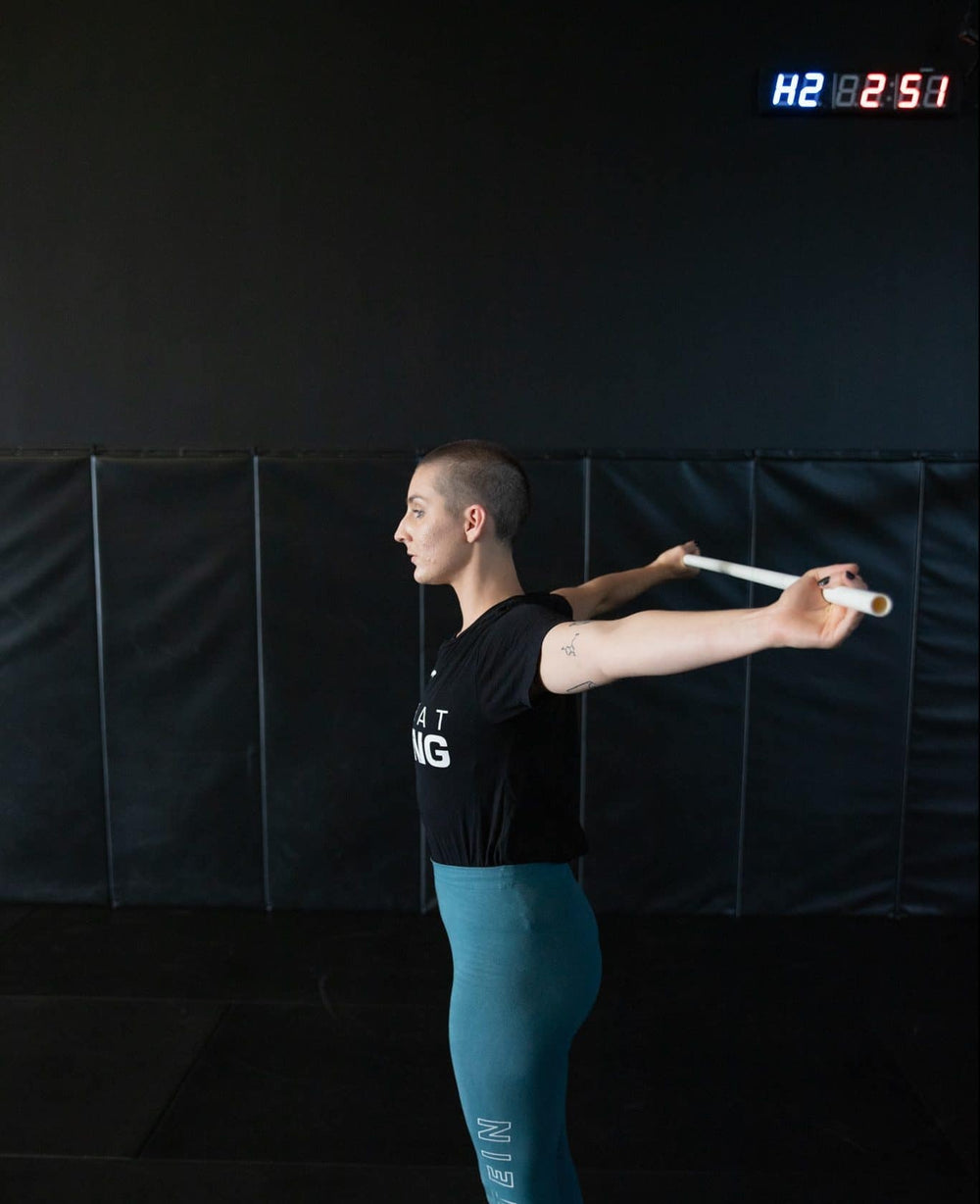





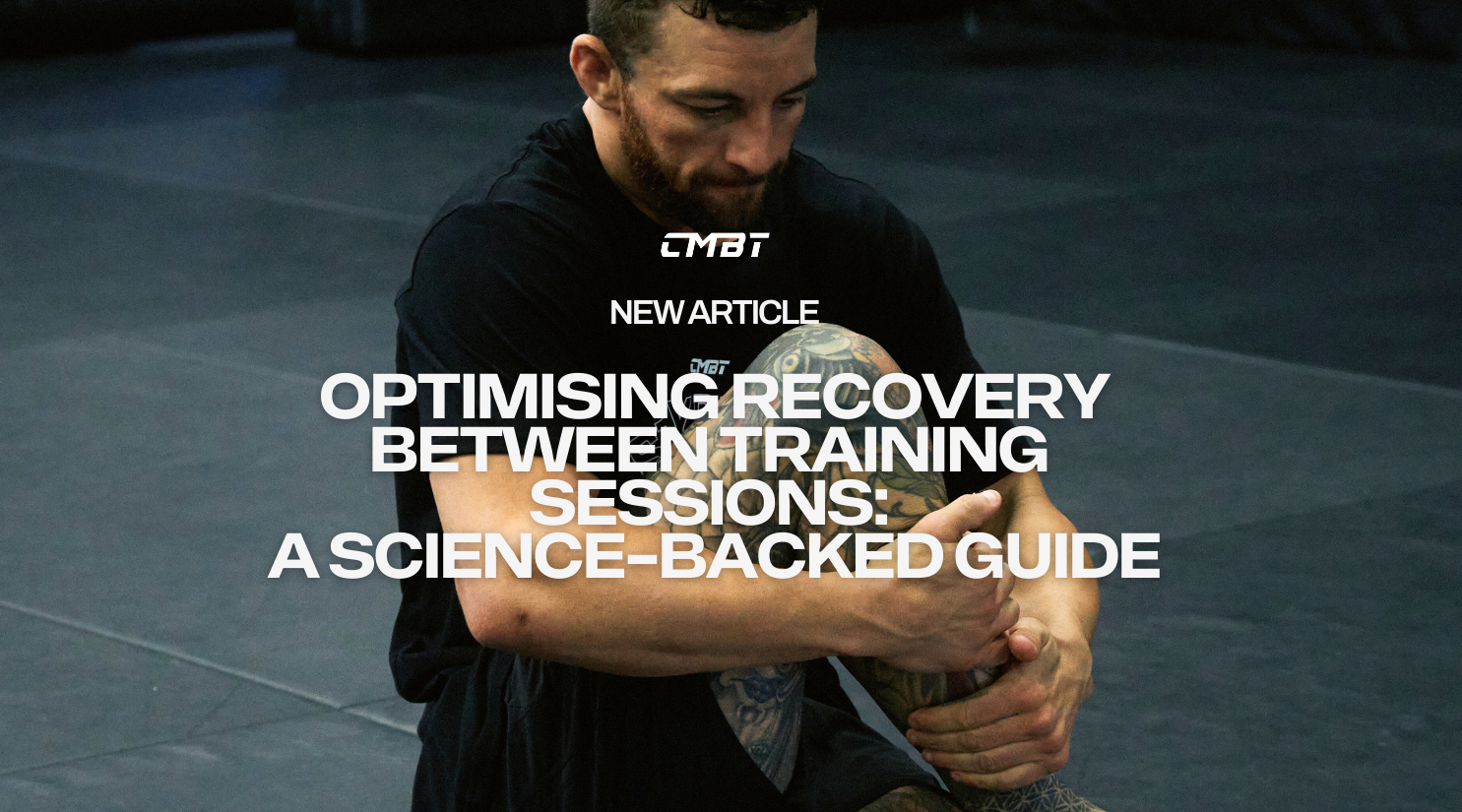


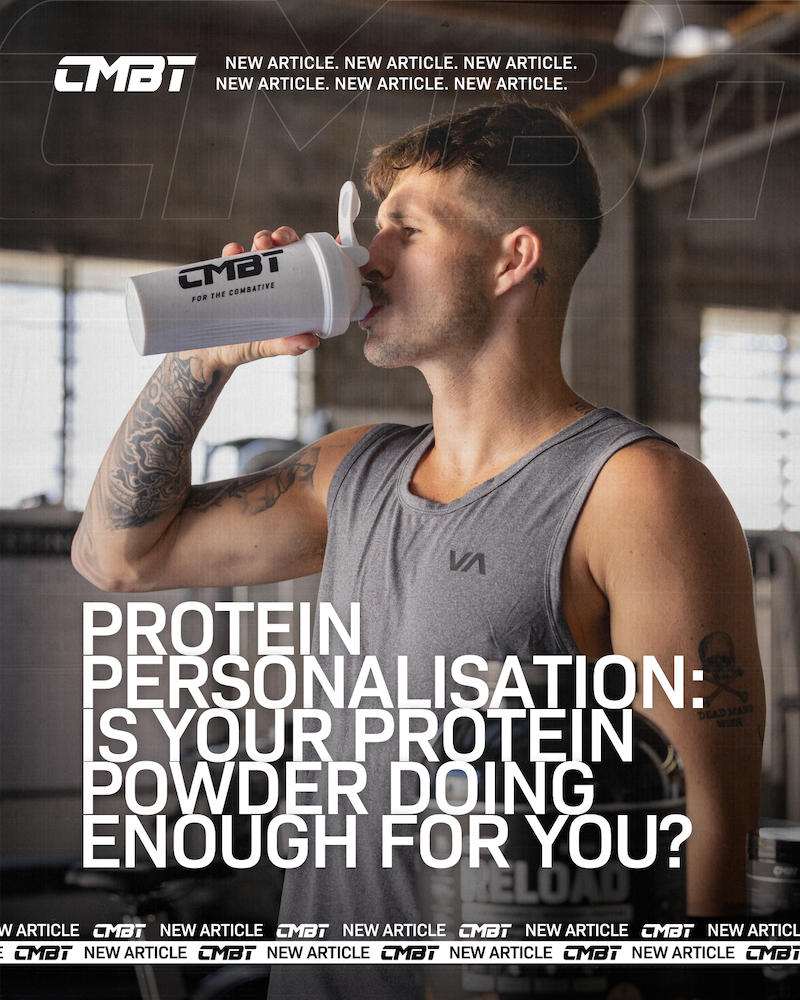
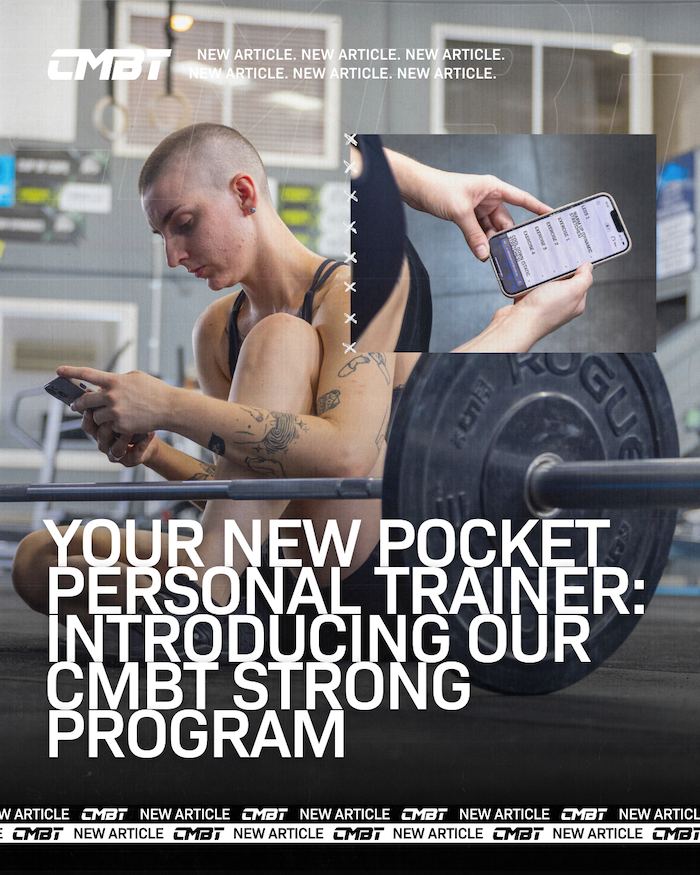


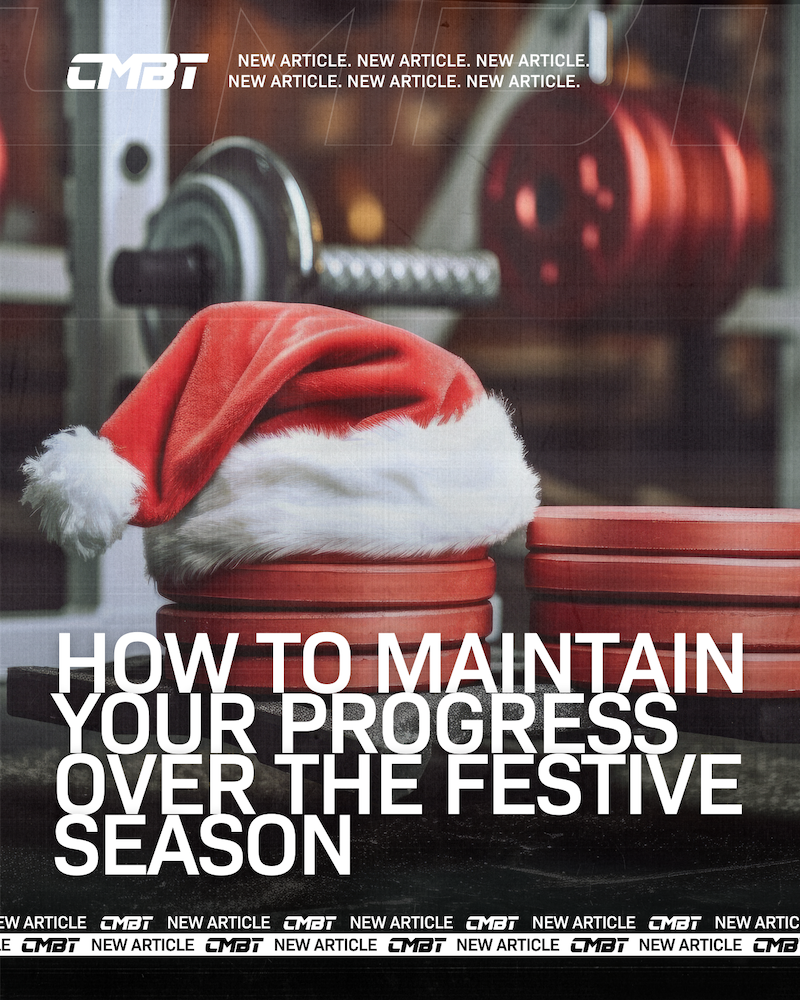
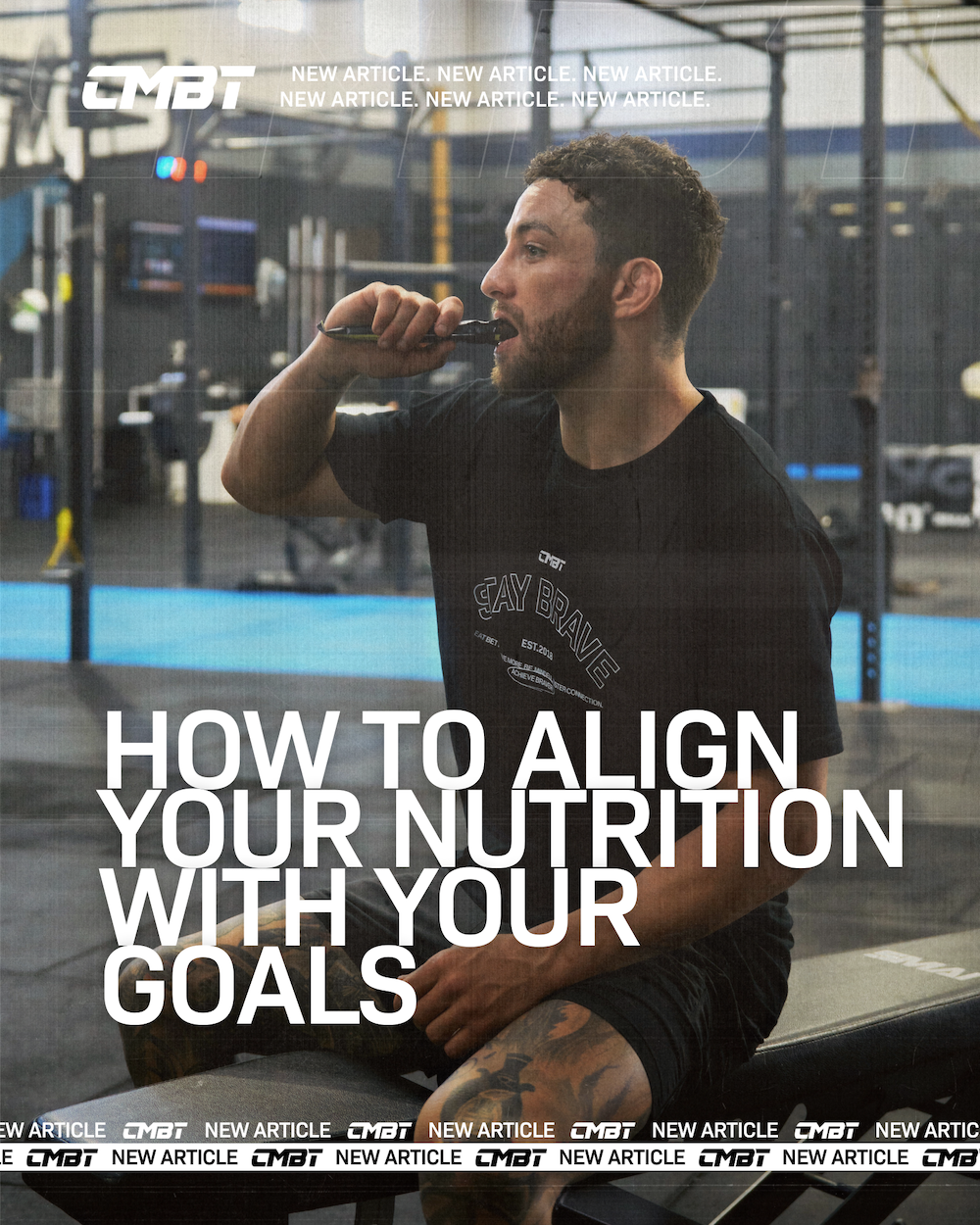

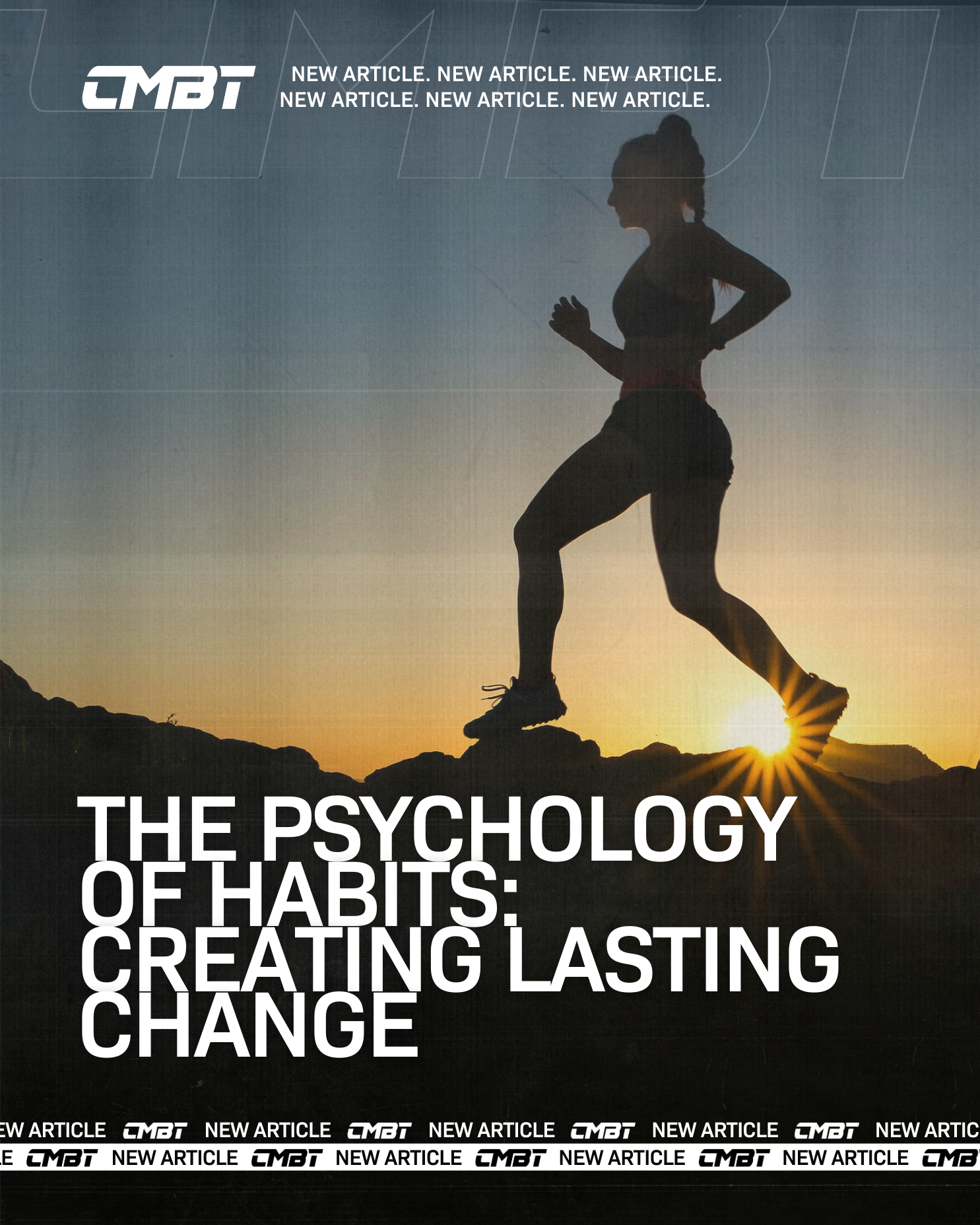

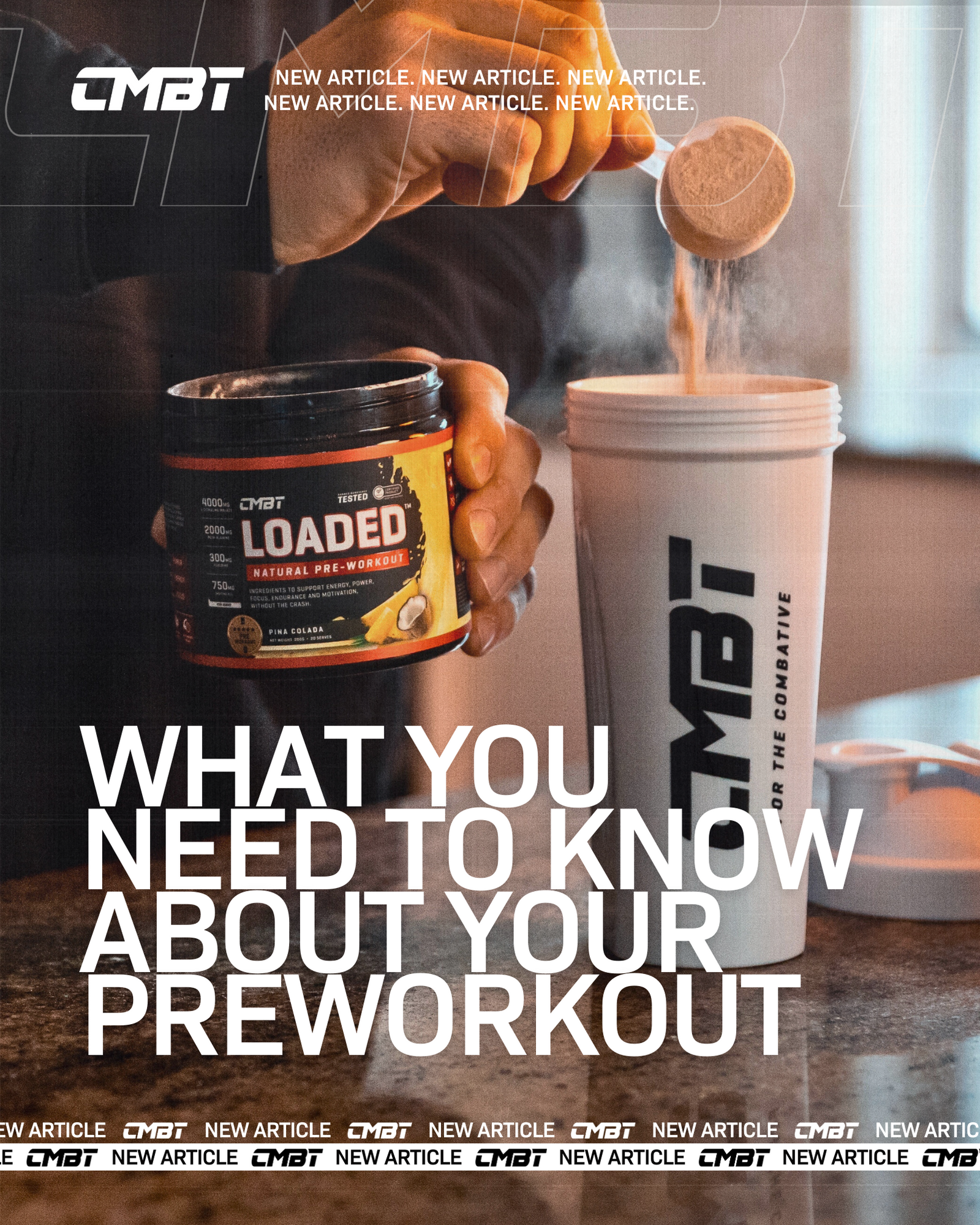

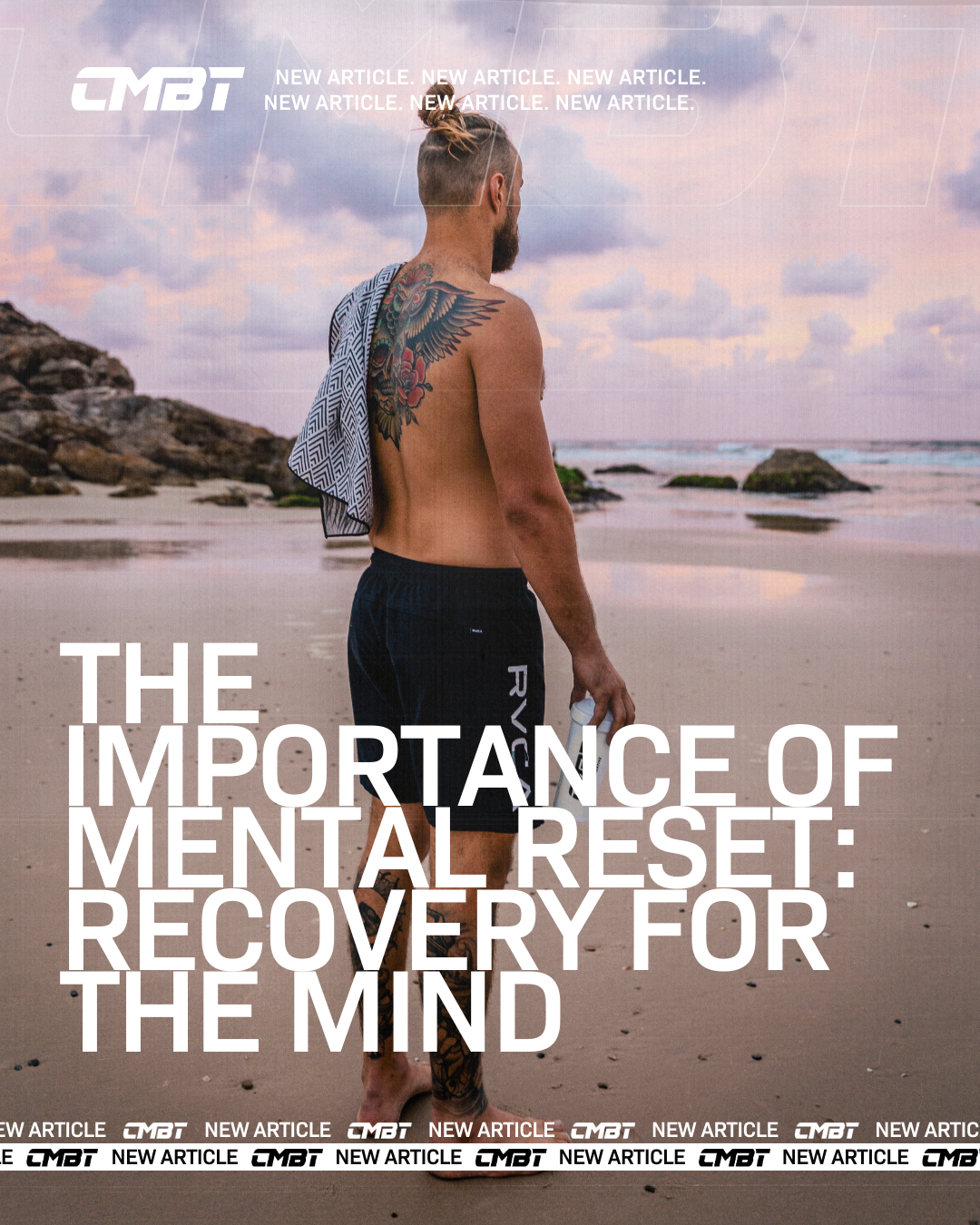
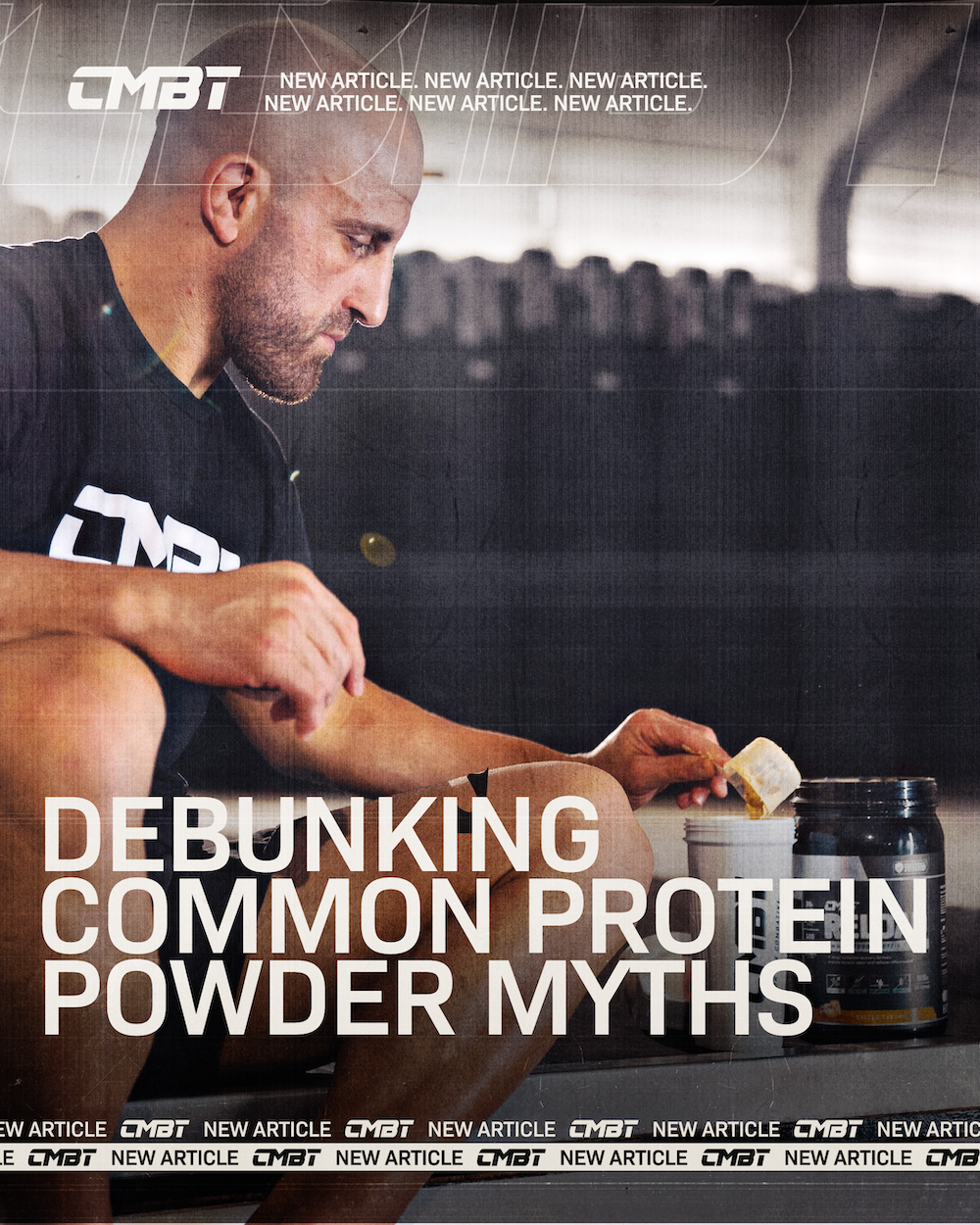



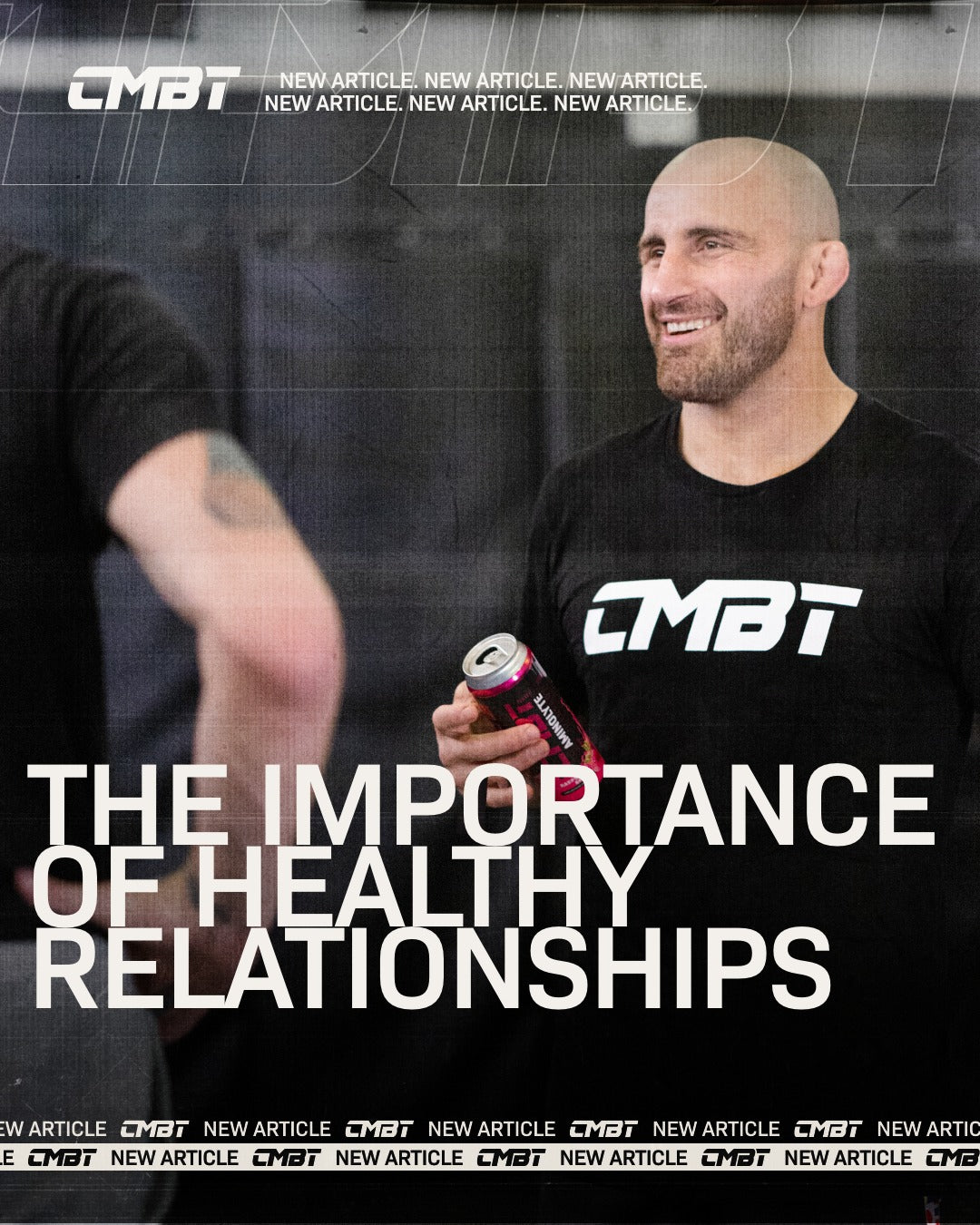

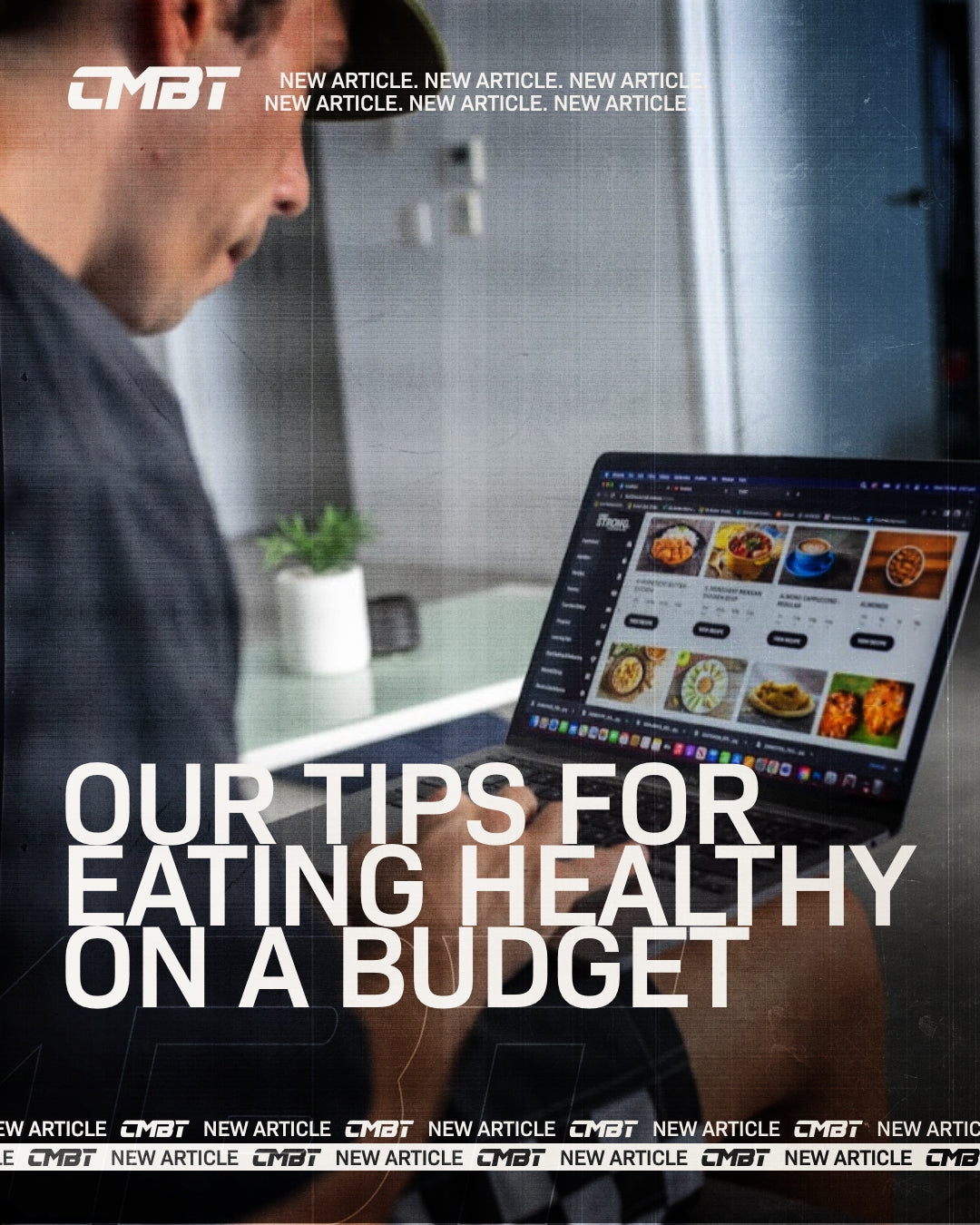

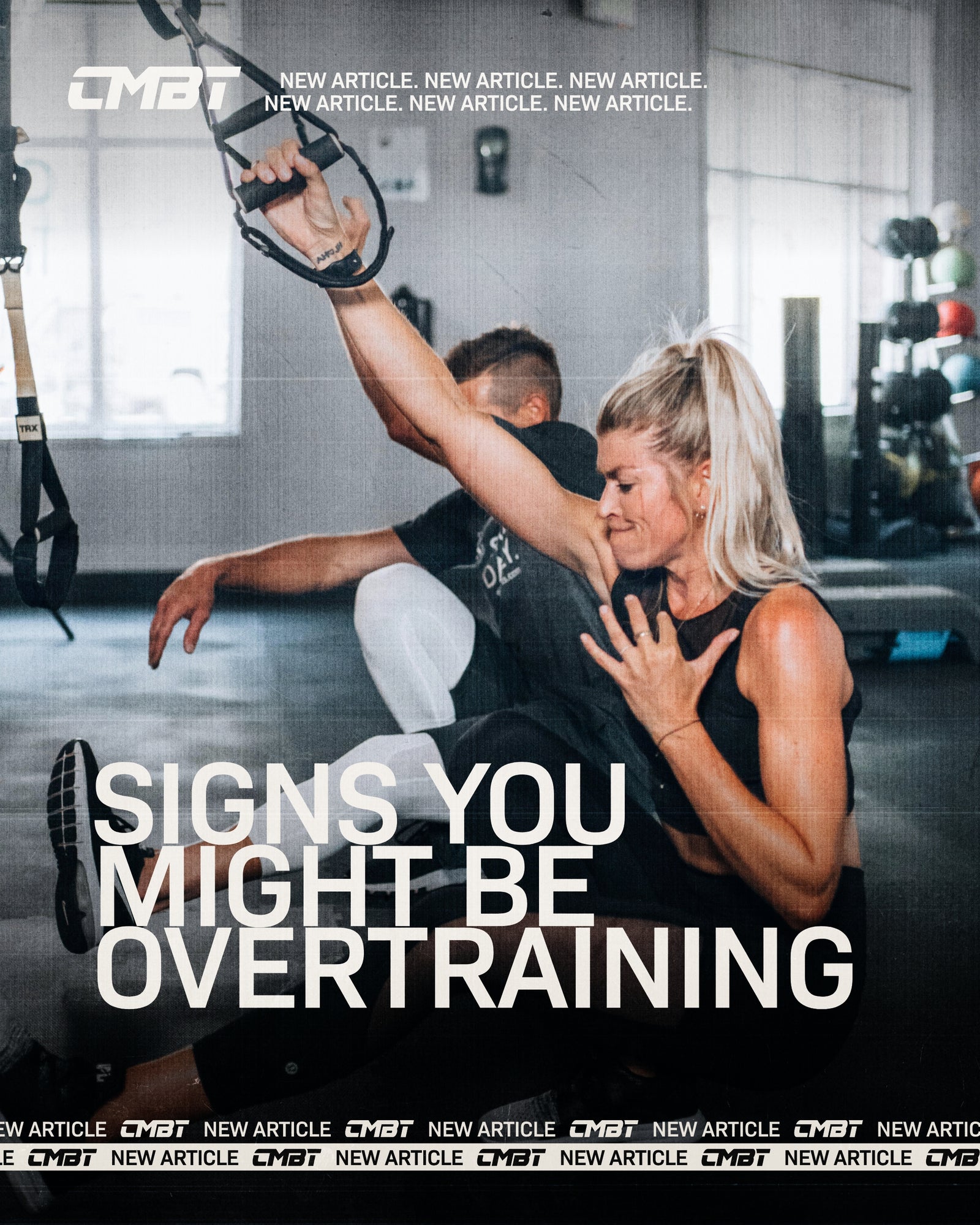
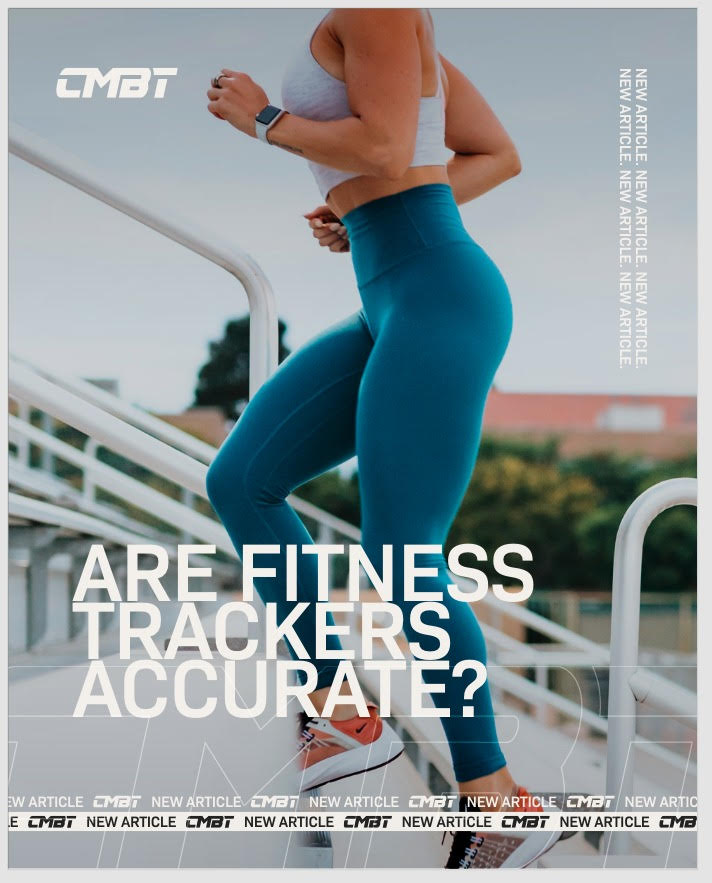
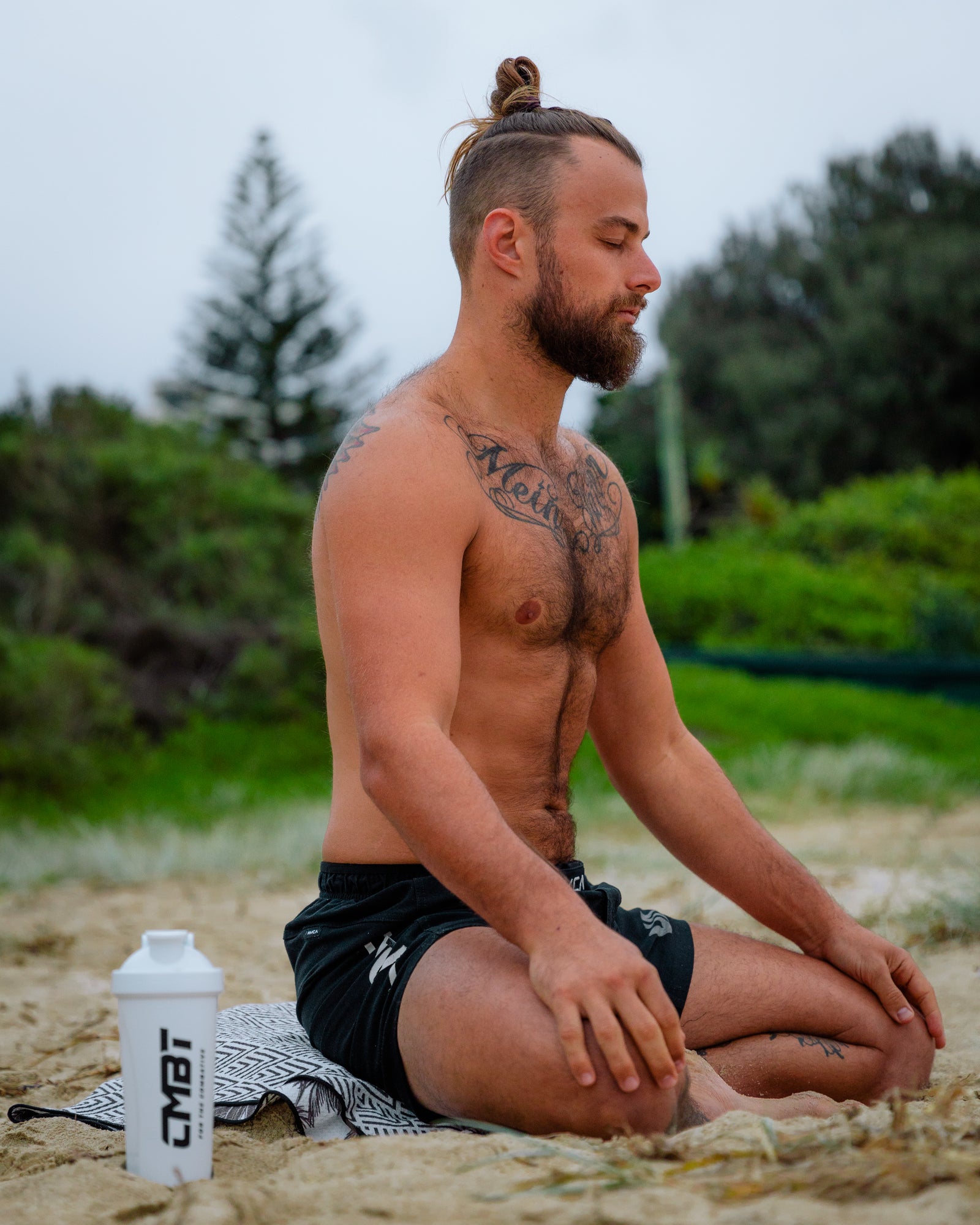
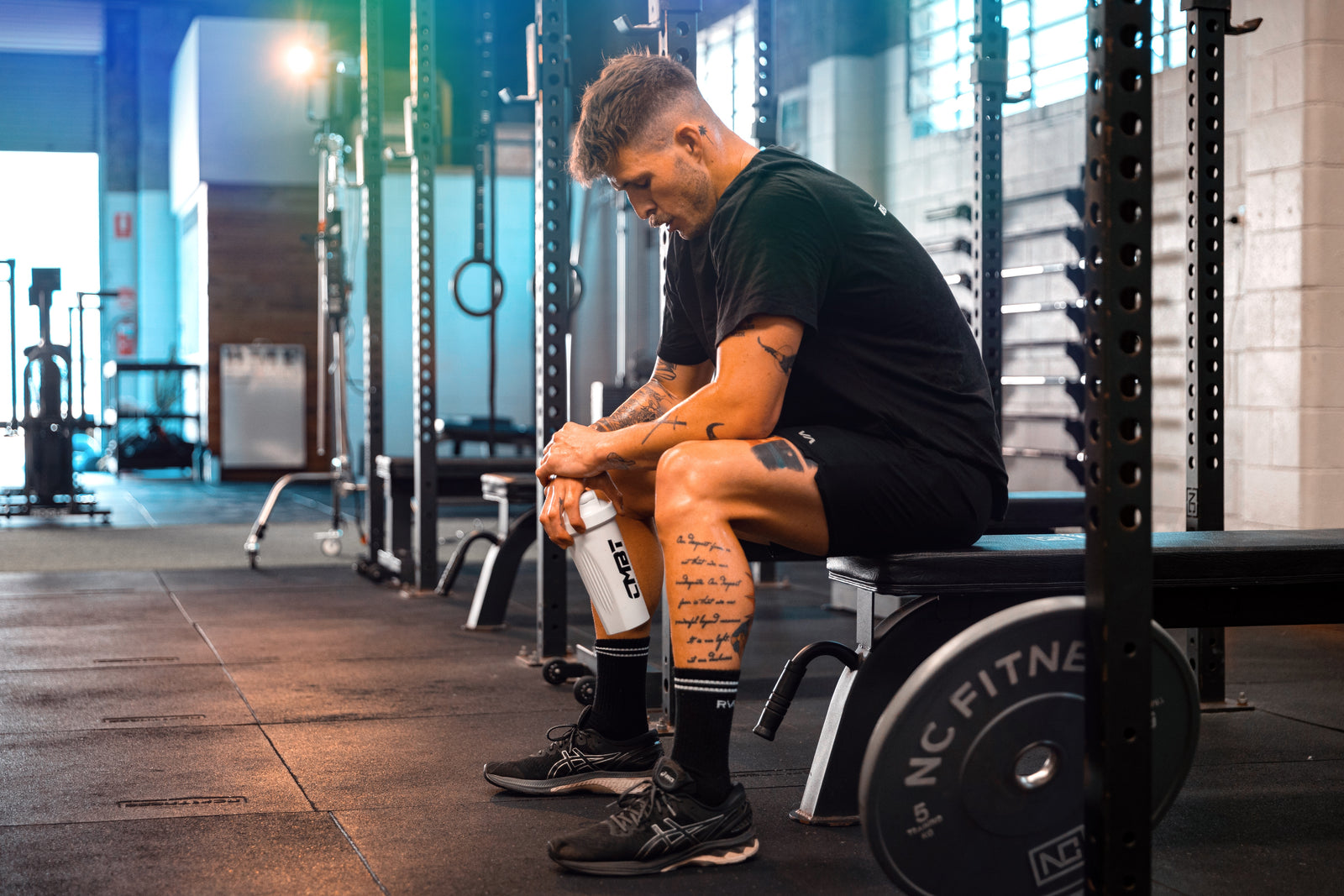



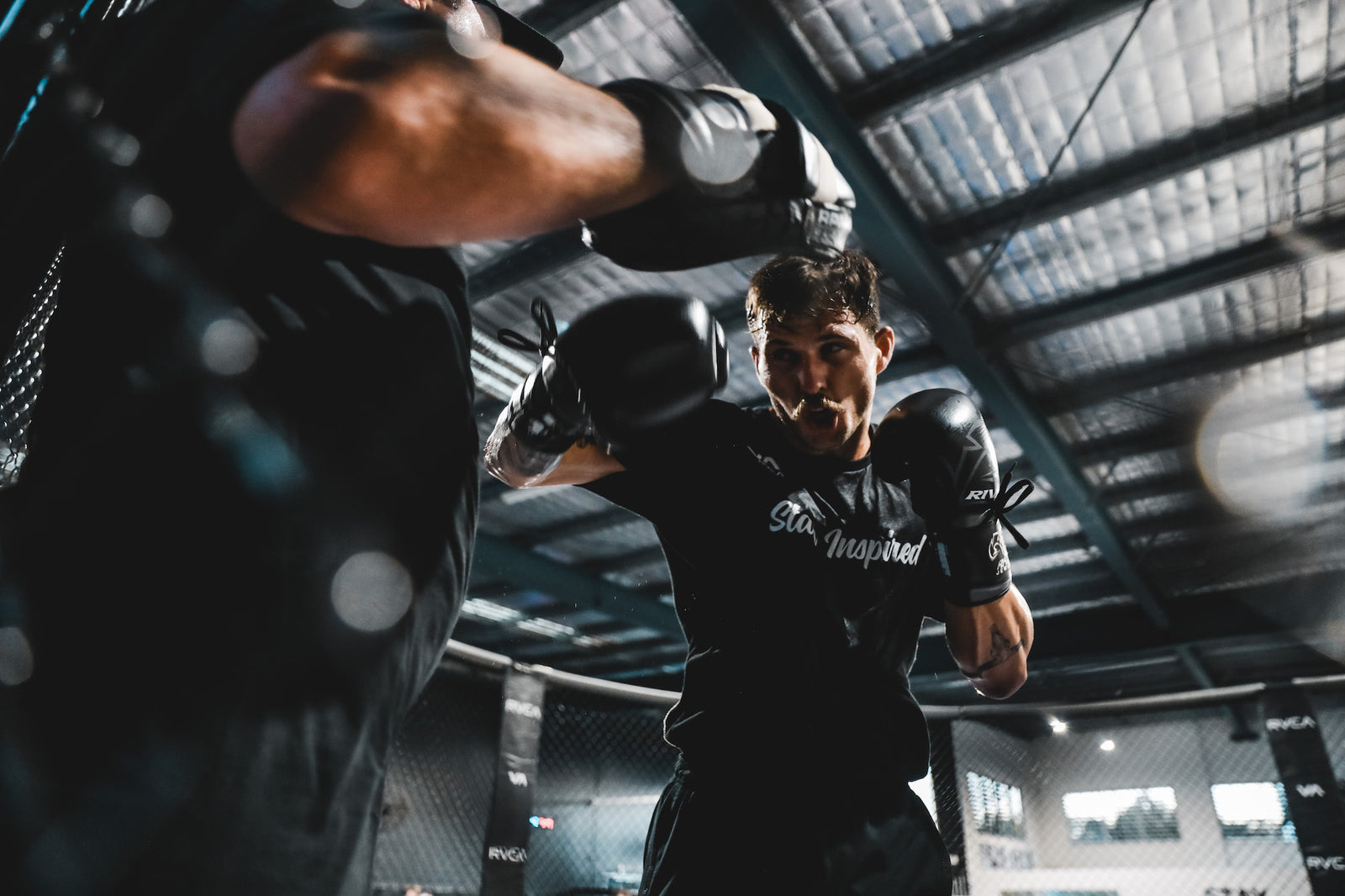
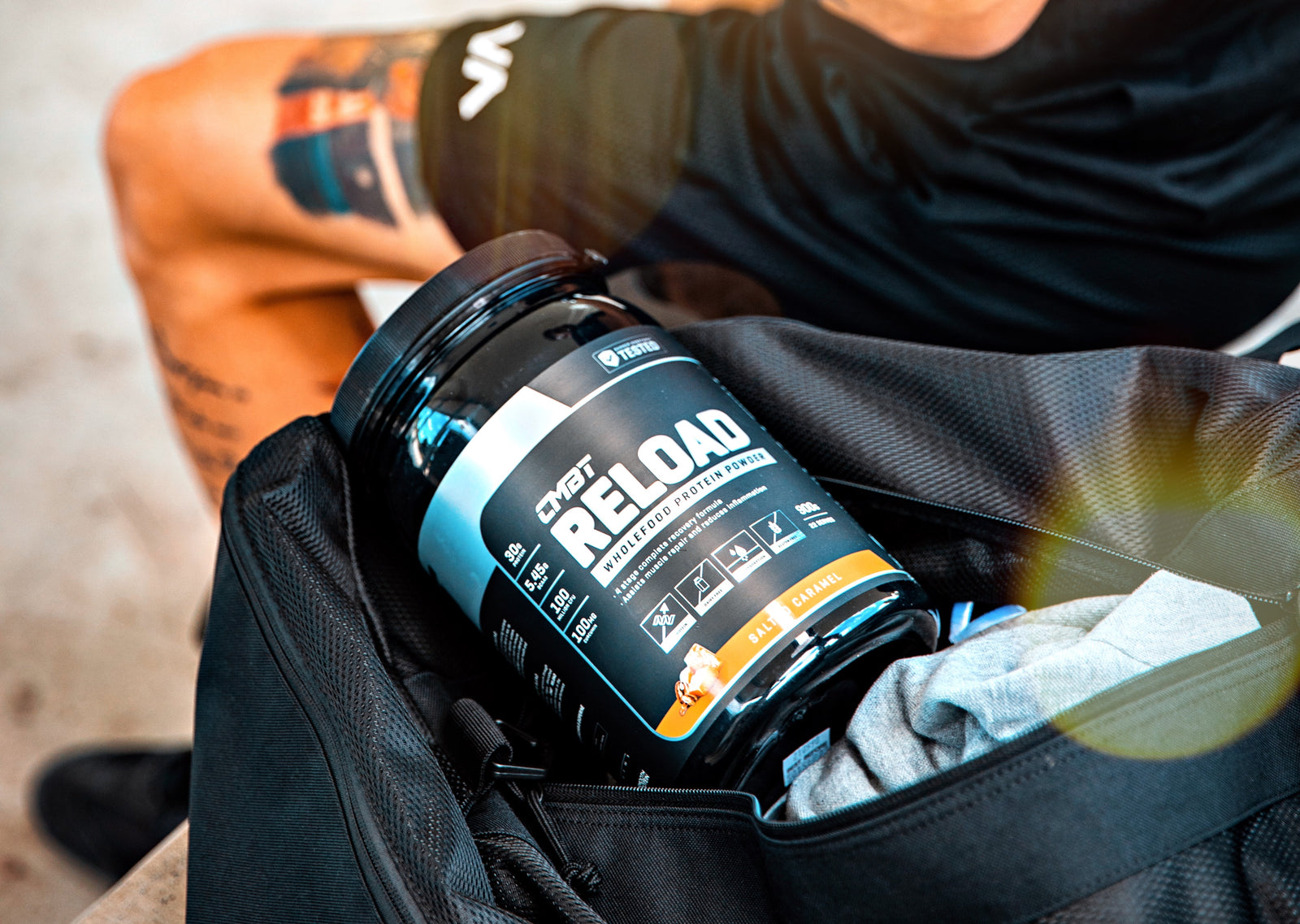
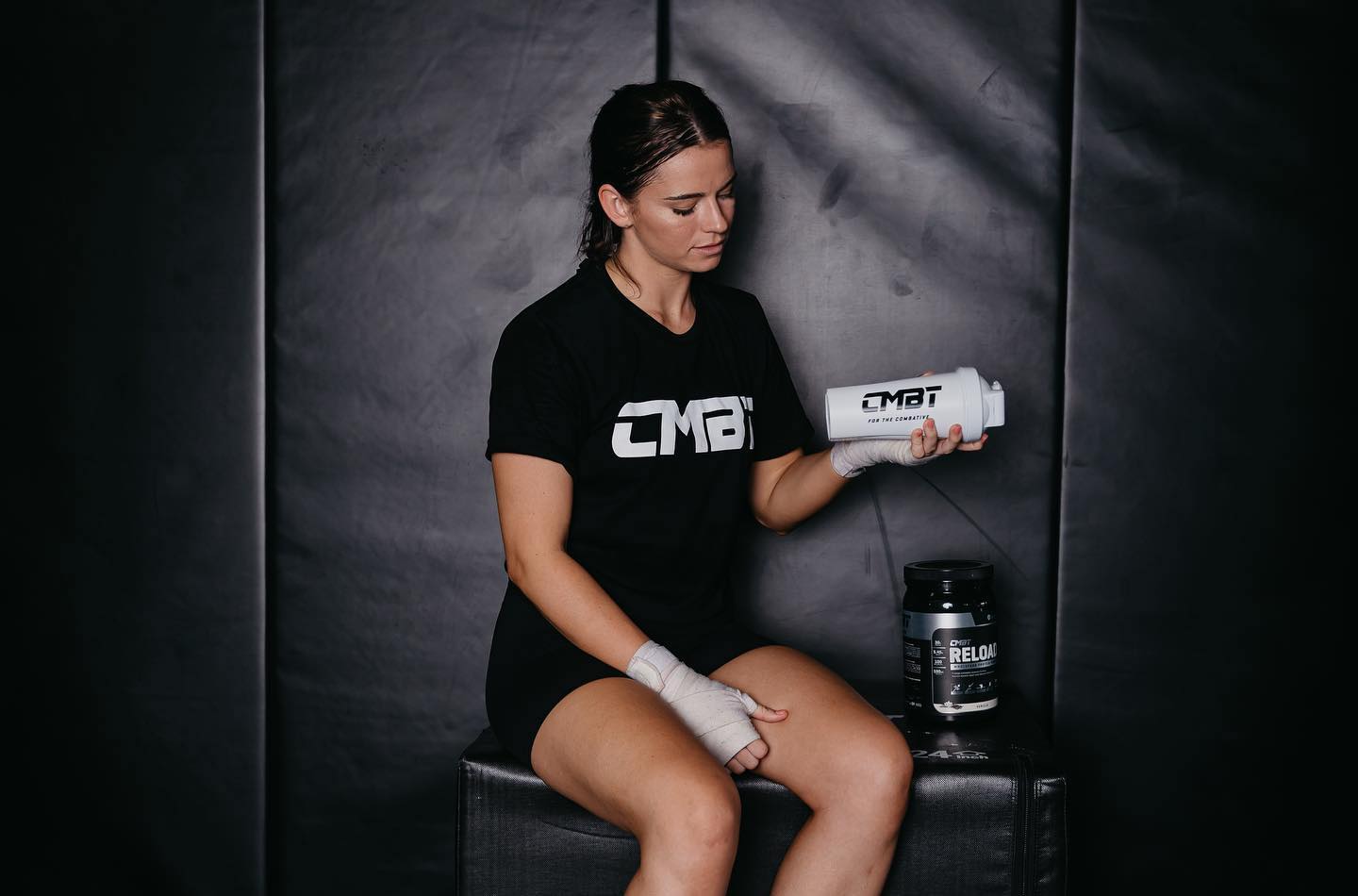


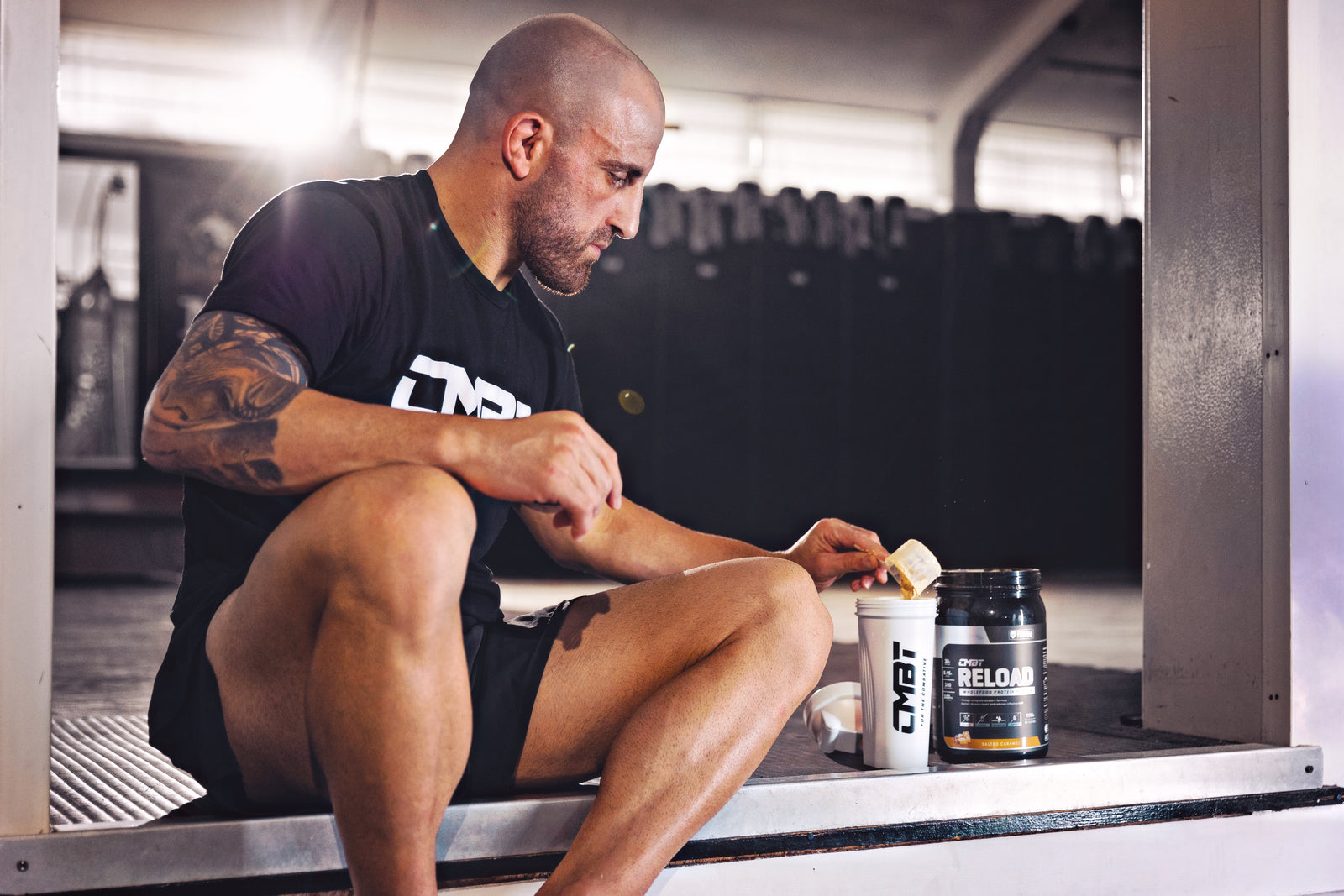


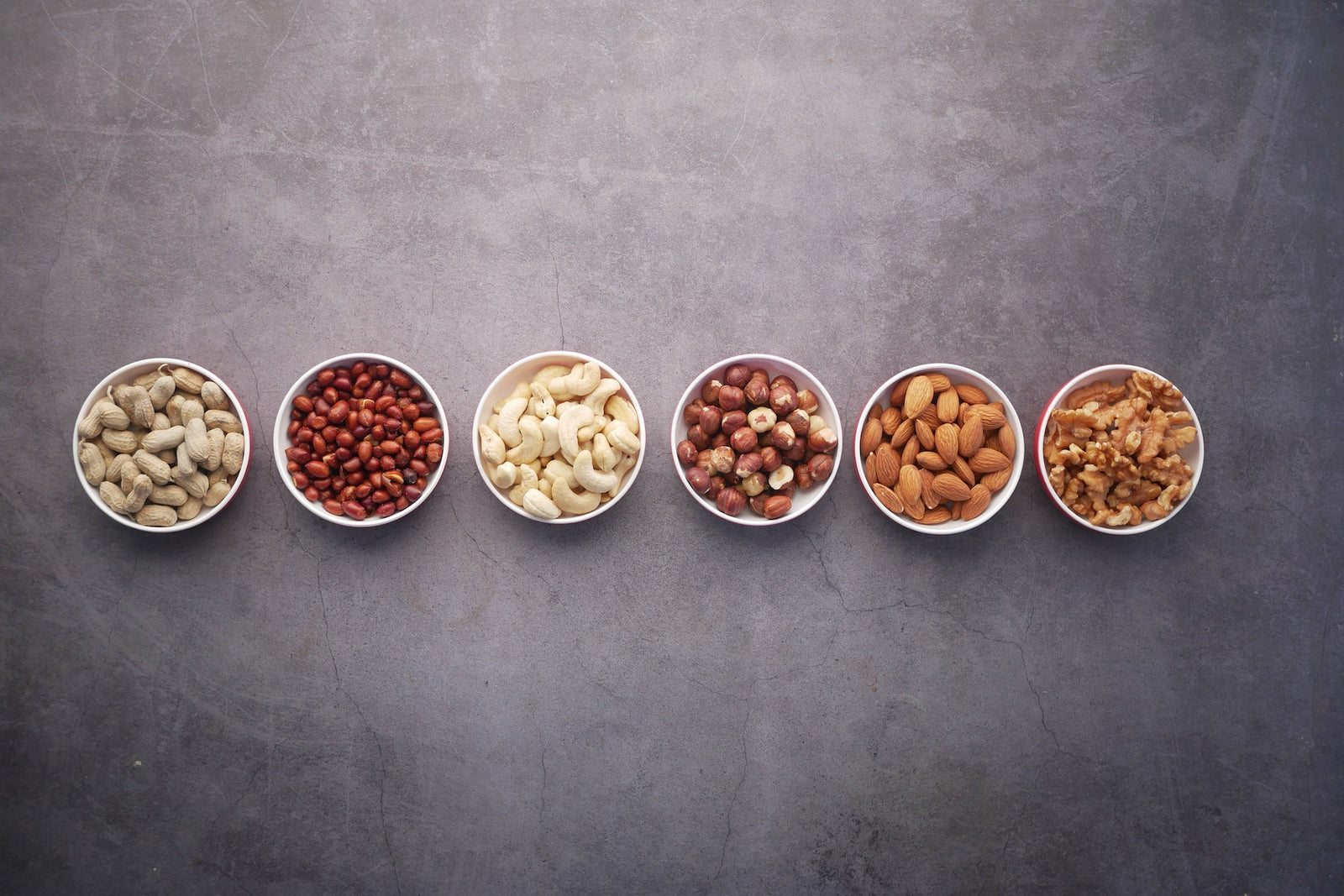

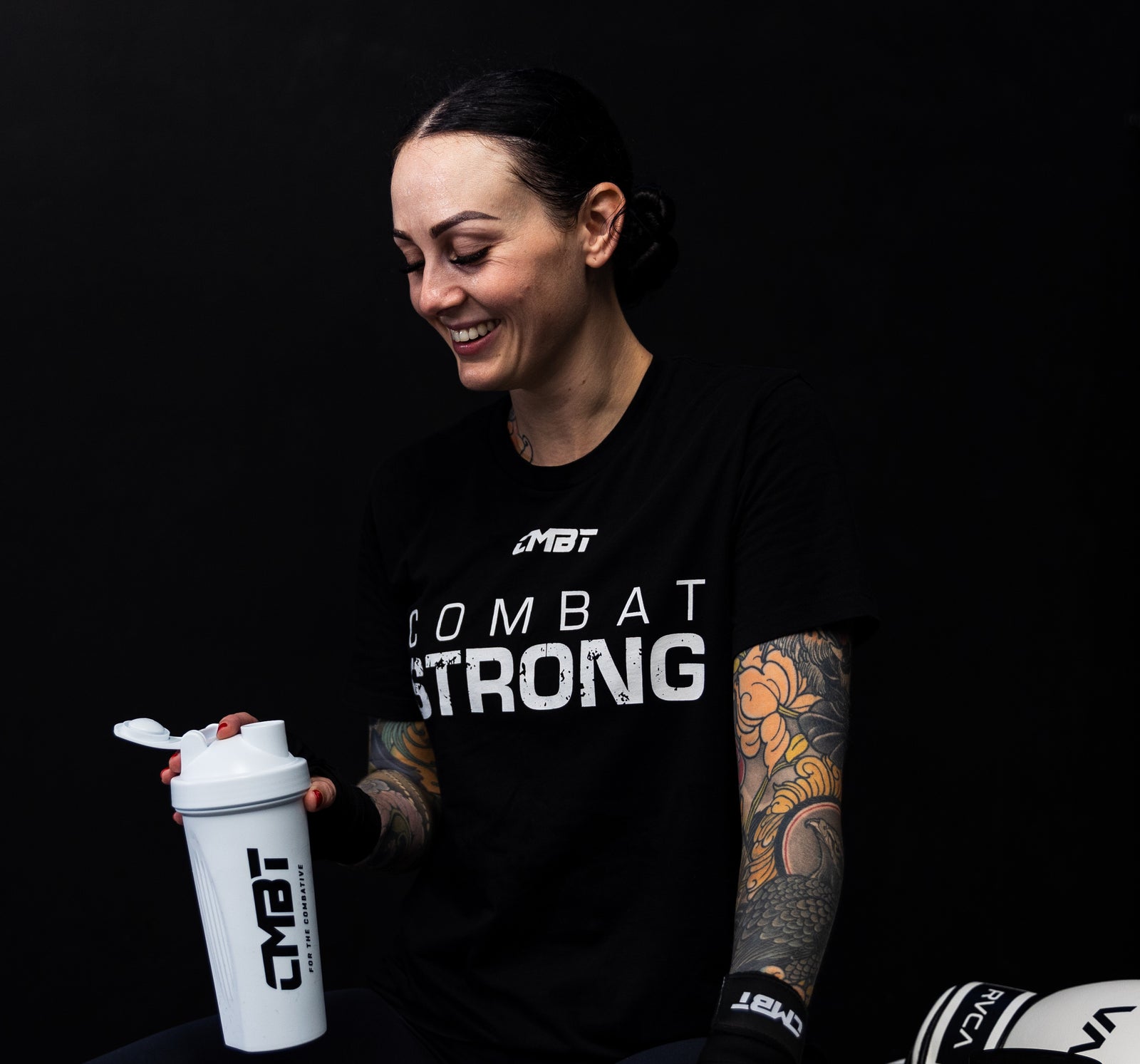
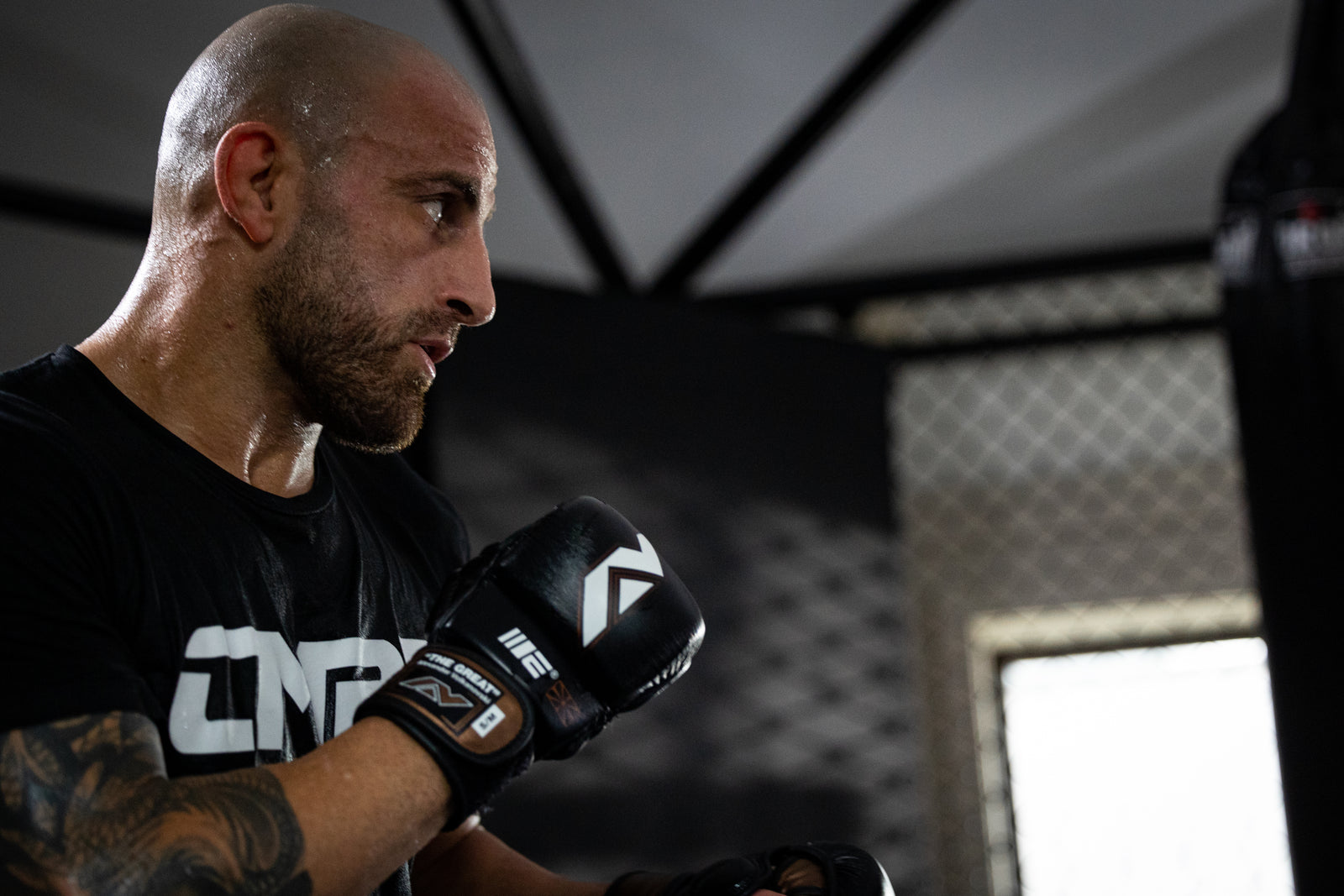
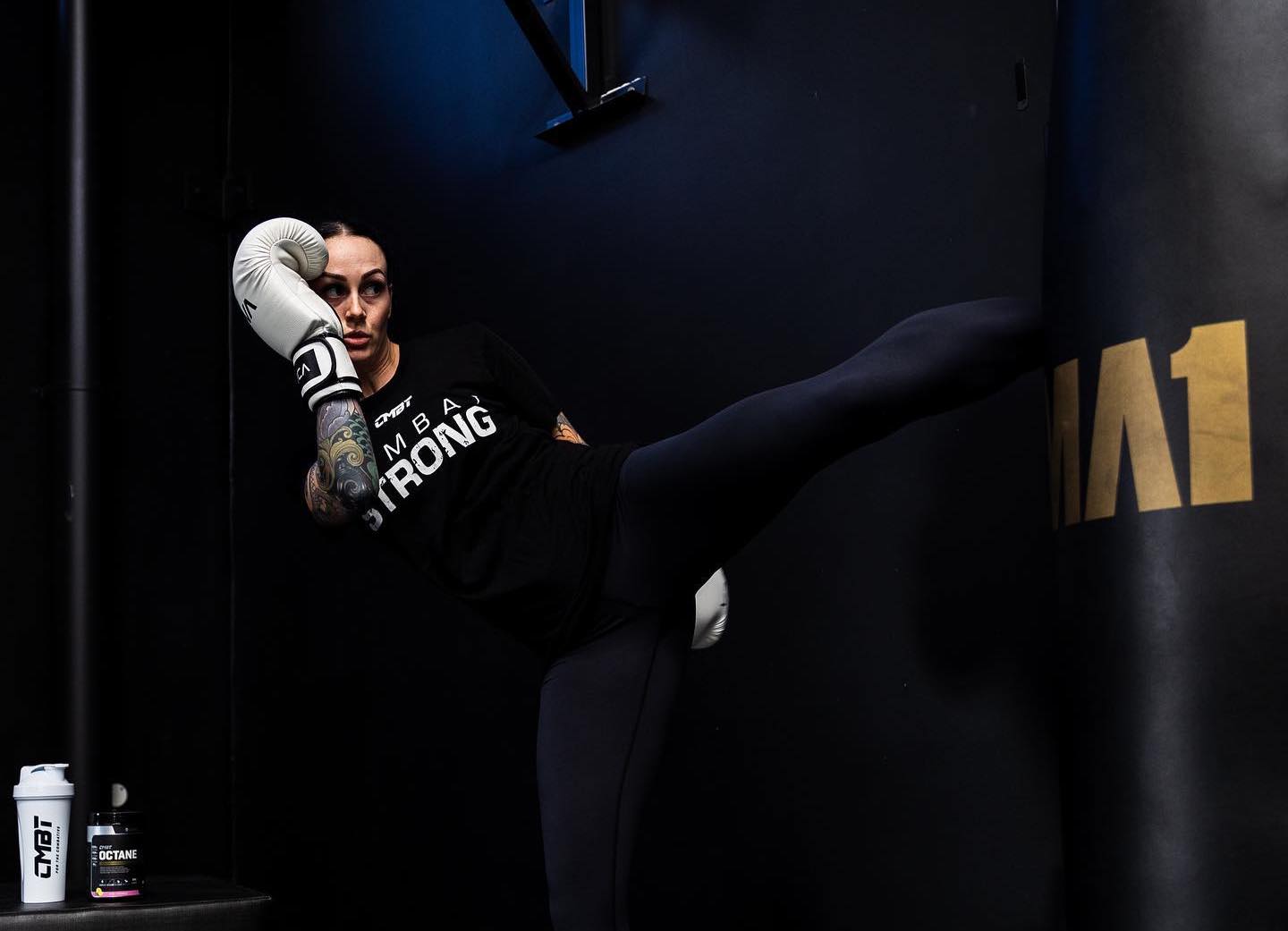




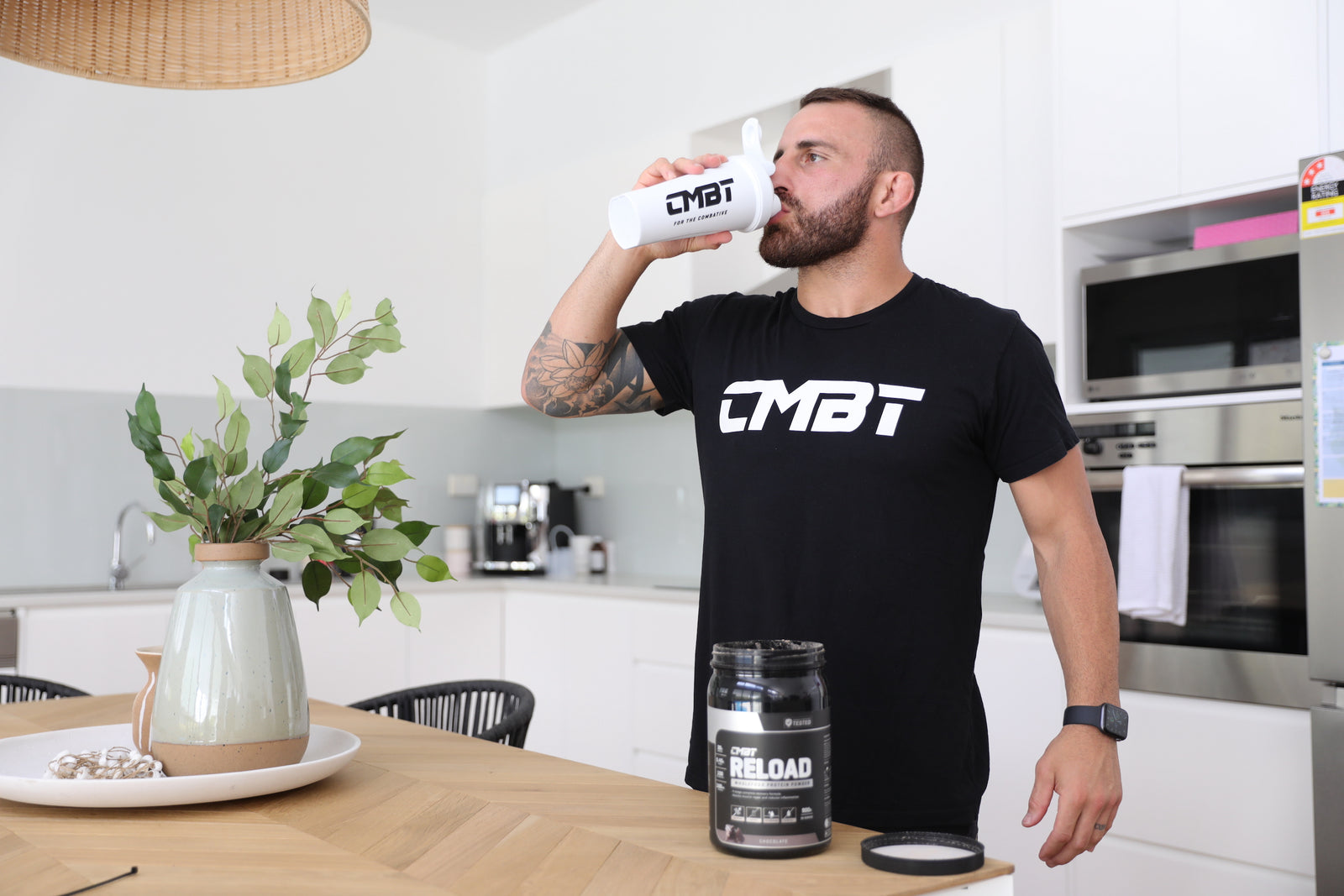
![[VIDEO] Fuel Your Passion feat. Sami Locke](http://cmbt.com.au/cdn/shop/articles/Sami.jpg?v=1625826844&width=1600)